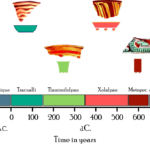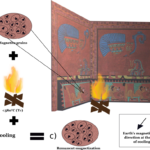Laboratory analyses
Curatorial activities and conservation of materials
An archaeologist’s job is not complete when excavations finish. In fact, that is just the beginning. Click on the link below to learn about the whole process to study archaeological materials, beginning with curatorial activities and conservation of materials.
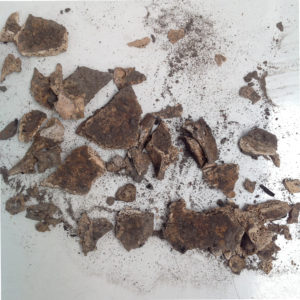
Artifacts, ecofacts, structures, and features analyses
After curating the materials recovered from excavations, the next step is to analyze these artifacts/ecofacts. Each material type is analyzed by specialists joining our project from various disciplines and applying multiple methodologies. In this manner, each researcher can provide different insights into the past. The results of these analyses allow us to reconstruct segments of the past in this site from diverse angles. In our case, we hope to layer these narratives together from diverse analyses to learn more about the inhabitants of the ancient city of Teotihuacan.
If you want to learn more about how to analyze the various sorts of archaeological materials and information, visit the following sections dedicated to these subjects:

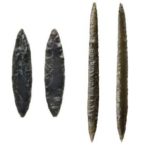
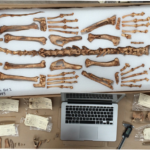
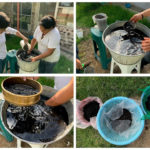
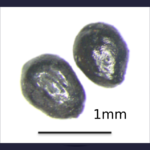
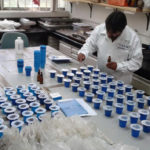
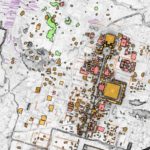
In some cases certain analyzed artifacts are selected for drawing, you can learn more about that process in the How to Draw: Archaeology Version section.
Chronology: How to date a site?
In addition to using archaeological remains to reconstruct a narrative of the past, it is necessary to determine when the site was occupied. Dating specific sites and even particular events in the archaeological record could be important to reconstruct a chronology within and across sites.
There are two types of dating techniques: relative and absolute. Relative chronology provides information on the sequence of historical events but do not provide exact numerical dates (e.g., layer A is younger than layer B). On the other hand, absolute chronology provides us approximate dates within a margin of error (e.g., layer A dates to AD 100±50). In archaeology, we use a combination of both types of dating techniques so we can confirm the ages of sites and events that occurred there. Click on the links below to know more about these techniques:
